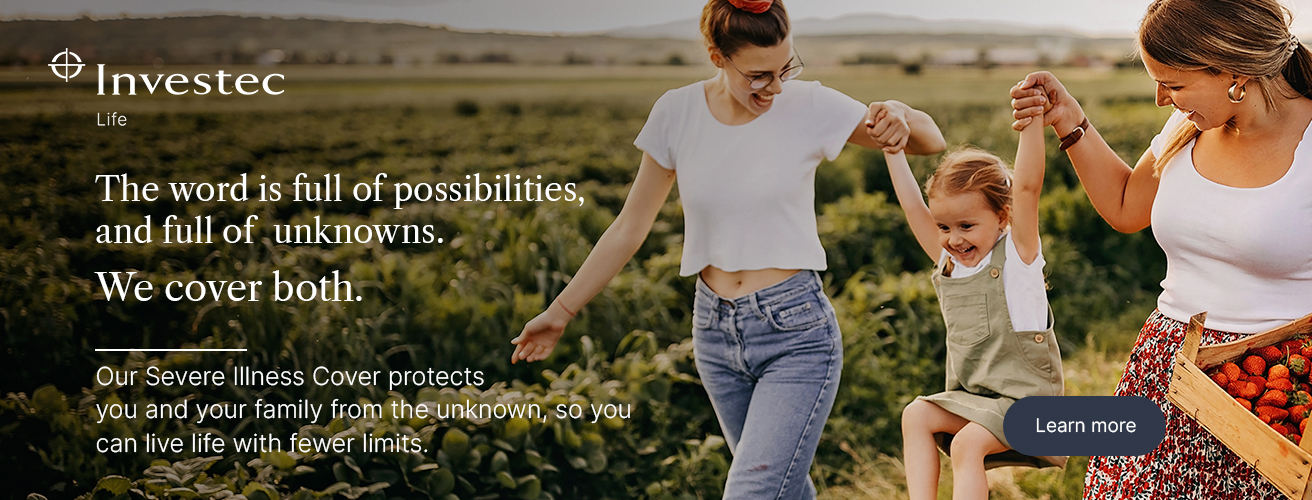Much like a wartime environment, a pandemic calls for triage. Because medical resources are finite, you have to assign degrees of urgency to the illnesses in front of you rather than treat patients in the order they arrive.
Triage means working efficiently to save as many lives as possible, and Covid-19 has been our global triage moment for the past two years. Hospitals globally have filled far beyond their capacity, especially in countries with limited public healthcare resources. We remember the images of India’s second Covid wave in May – a surge that, in the words of one official gravedigger, simply “swallowed” the population. Who can forget the visuals of rickety ambulances dropping breathless people outside crowded hospital entrances and the crematoria that burned so hot and long that they began to melt?
Against this backdrop it’s understandable that cancer care became something of a backburner issue in the public consciousness. But for those undergoing cancer treatment, it was a moment of extreme vulnerability. For one thing, many diagnoses were delayed simply because the risk of catching Covid-19 was often highest in hospitals where the sickest were being treated.
And although on the face of it cancer rates are down, global models predict that the short-term diagnosis decline will be followed by increases in more advanced-stage cancers down the line. Prof Benn herself has seen a 20% increase in advanced stage breast cancers at her Helen Joseph Breast Care Clinic in Johannesburg, which means they’re harder to treat and are associated with higher rates of mortality. Again, this is not a South African phenomenon but rather a global trend that many oncologists will be watching carefully over the next five years.
Listen to the podcast series
Ep 1: The impact of the Covid-19 pandemic on cancer care
Ep 2: Cancer and Covid-19 vaccinations
Ep 3: Long-term implications for cancer treatment as a result Covid-19
Possibilities created by collaboration and innovation
But Covid-19 hasn’t been all bad for cancer care. The shift to a digital first world has meant that virtual multidisciplinary meetings have been more commonly accepted among medical professionals. “You can have top pathologists, oncologists, surgeons and radiologists from all over the country come together to discuss integrative approaches to cancer care for individual patients in ways that previously weren’t common practice,” says Benn.
“The result has been treatment protocols that are less like a recipe book and more nuanced and customised. This means having every aspect of your treatment reviewed. It means second opinions. It means giving the patient opportunities to discuss their options with all their treating doctors.”
Certainly, in Benn’s breast cancer practice it involves deliberately taking more time in the diagnostic workup to consider treatments more thoughtfully rather than just throwing every chemotherapeutic drug at the problem and scheduling double mastectomies, just in case.
“Less is more,” Benn says, “which gives oncologists a chance to see how cancers respond to treatment and even model outcomes using artificial intelligence and machine learning. If cancers aren’t shrinking significantly with one course of treatment, we nimbly change course to find something better.”
The defined protocols for medical aids are beginning to shift too: instead of arriving at a hospital for an IV drip, nurses can now bring the drips to your home and monitor your progress digitally. As we emerge from the pandemic (or learn how to live with it), healthcare is now becoming more decentralised and therefore more accessible, reducing risk, and improving outcomes for those who are immunocompromised just by virtue of their treatment.
The imperative of planning for early and late stage cancers
It’s commonly accepted that cancer rates rise with age. Modern medicine means that people are living longer and are therefore more susceptible to cellular damage and mutation. 80% of men who reach age 80 will have cancer cells in their prostate, and one in eight women will develop breast cancer by age 70.
But Benn says we’re increasingly seeing cancers in a much younger population, even among those with no family histories of the disease. There’s almost certainly a link (even if it’s anecdotal) to be made between the recent rise in cancers and the added lifestyle stressors of the past 18 months. “People are drinking more alcohol, they’re exercising less, and they’re anxious about the future," she says. “And while cancer is mostly a genetic lottery, environmental factors do play a part.”
From a life insurance perspective, the projected increase in cancers shouldn’t mean any material changes in policy design, but it does mean insurers should double their efforts in encouraging their clients to get screened regularly. Whatever the progression of disease, the imperative of the insurer remains the same: be there for people when they need you and help them to do their best by planning for the unknown.
Investec Life Limited is an authorised Financial Services Provider 47702.
Get Focus insights straight to your inbox





